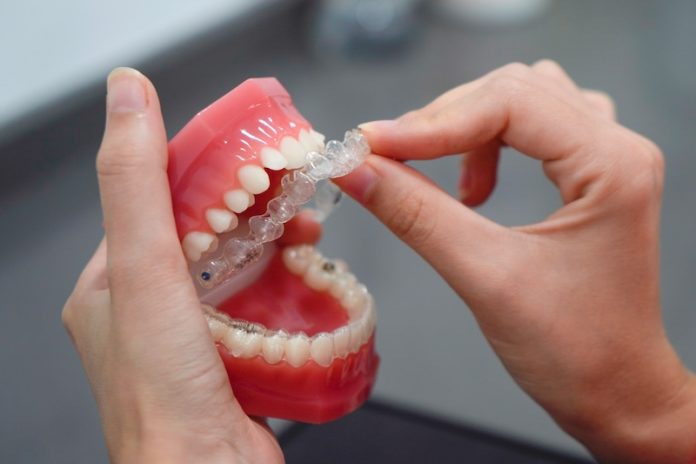
Tooth decay, a common dental issue caused by excessive sugar consumption and inadequate oral hygiene, can lead to pain and tooth loss if left untreated.
Dentists typically address tooth decay by removing the damaged portion of the tooth and applying treatments like fillings.
The American Dental Association (ADA) has recently issued updated guidance for dentists on the best practices for treating tooth decay.
The New Guidelines
The ADA’s updated guidelines, based on a review of approximately 300 studies, encompass 16 key recommendations for managing tooth decay.
A central principle in these guidelines is the concept of “conservative carious tissue removal” (CTR), which aims to preserve as much of the healthy tooth structure as possible during treatment.
By doing so, the risk of complications, such as damage to the tooth’s interior, is minimized.
Specialized CTR
The guidelines also introduce a specialized form of CTR for teeth that are more extensively damaged but have not undergone major procedures like root canals.
This technique involves retaining a small portion of the damaged area while sealing the tooth. This approach effectively prevents further deterioration of the affected tooth.
Another important aspect of the ADA’s recommendations pertains to the choice of fillings. For children, both traditional fillings like tooth-colored ones and silver fillings are considered suitable options.
The choice depends on the extent of the tooth damage and whether it’s a child’s primary or permanent tooth. Dr. Vineet Dhar, a contributor to the guidelines, emphasizes the importance of preserving healthy tooth structures and safeguarding the tooth’s interior.
Enhancing Dental Care: These updated guidelines offer dentists in the United States and worldwide a more comprehensive array of strategies to effectively address tooth decay.
The ADA’s ongoing commitment to providing the most effective treatment options underscores its dedication to optimal patient care.
The ADA has a long history of offering guidance on dental care. Their mission is to assist dentists in employing the best available techniques for maintaining oral health.
For those interested in learning more, detailed information can be found on the ADA’s website at ada.org/cariesguidelines.
Conclusion
In summary, the ADA’s latest guidance emphasizes a treatment approach for tooth decay that prioritizes the preservation of healthy tooth structure.
This approach ensures that dentists can provide the highest level of care to their patients, addressing tooth decay effectively and promoting overall oral health.
If you’re interested in maintaining healthy teeth, you can also explore resources on tooth-friendly foods, gum health maintenance, and the impact of conditions like diabetes on oral health.
The ADA’s recommendations were published in The Journal of the American Dental Association.
If you care about dental health, please read studies about best food for tooth and gum health, and how to prevent and reverse gum disease.
For more information about dental health, please see recent studies about diabetes and gum disease, and results showing this diet could help treat gum disease.
Follow us on Twitter for more articles about this topic.
Copyright © 2023 Knowridge Science Report. All rights reserved.



